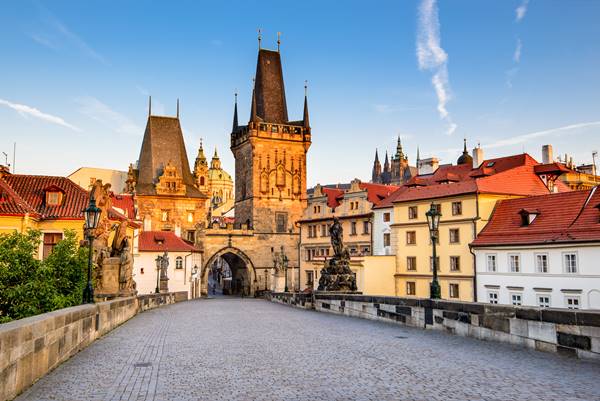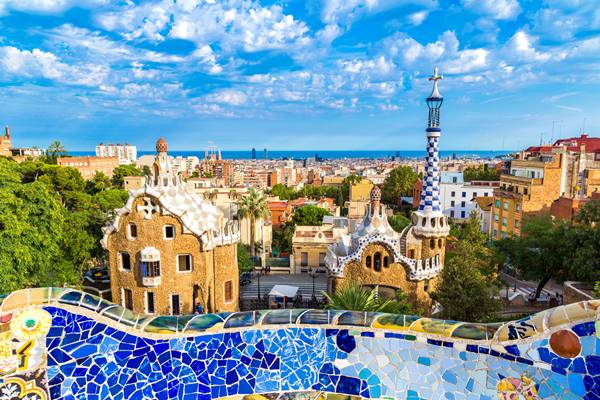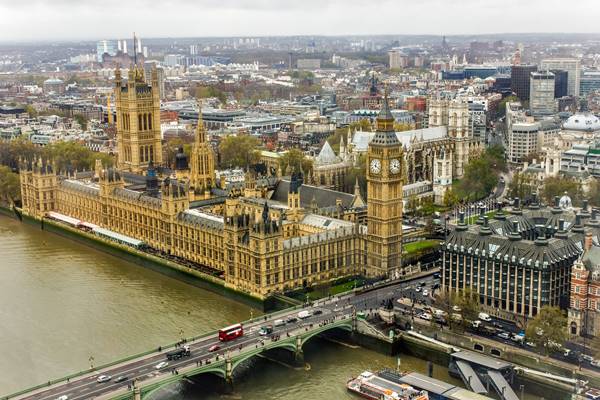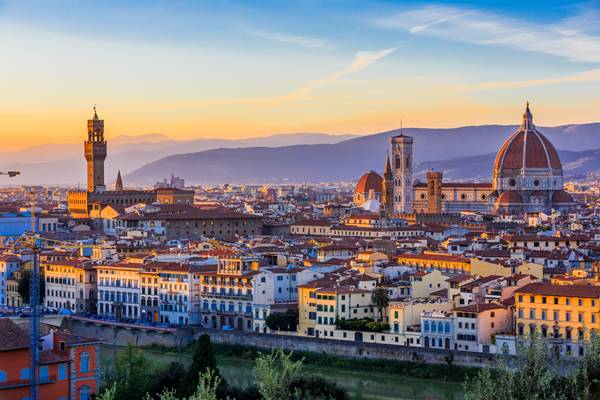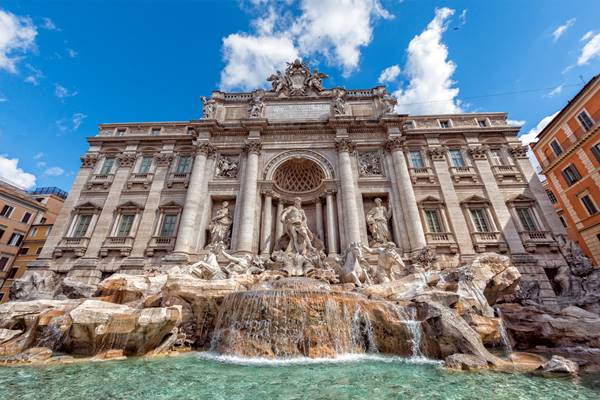Trastevere is a vibrant Roman neighborhood known for its cobblestone lanes, historic churches, and lively nighttime atmosphere. Nestled just south of the Vatican and across the Tiber from the city’s ancient core, it retains a laid-back charm that sets it apart.

Meandering alleys reveal hidden gems such as quirky boutiques, fragrant bakeries, and local taverns brimming with character. Whether you’re seeking authentic cuisine or hoping to witness Rome’s timeless spirit away from tourist hotspots, Trastevere’s unique blend of old world allure and bohemian flair is sure to captivate.
Where is Trastevere Located
Trastevere lies just across the Tiber River from the city’s most famous landmarks, carving out its own distinct corner of Rome’s geography. Specifically, you’ll find it situated south of the Vatican, southwest of the bustling historic center, and directly west of ancient icons like the Colosseum and the Roman Forum. Despite its convenient proximity to these major attractions, Trastevere has always prided itself on a slightly offbeat charm that distinguishes it from more crowded tourist destinations.
Winding cobblestone streets thread through this district, where old-world churches and vibrant piazzas appear around every turn. This unique arrangement, set apart from the core of Rome’s main thoroughfares, often makes Trastevere feel like a local secret hidden in plain sight. Whether you’re hopping over from St. Peter’s Basilica or strolling from the Roman Forum, the neighborhood’s position feels simultaneously central yet removed, offering a timeless atmosphere with an unmistakably Roman soul.
Distance from Colosseum : 2,5 km (35 min walking)
Distance from Roman Forum : 2,5 km (35 min walking)
Distance from Fontana di Trevi : 2,2 Km (30 min walking)
Distance from Piazza Navona : 1,6 km (25min walking)
How to Get There
Walking to Trastevere
Visitors to Trastevere are usually travelers exploring the historic sights of Rome, so the best way to reach it is by crossing one of the city’s charming pedestrian bridges. The Cestio and Fabricio bridges – which pass over Tiber Island – and Sisto bridge offer the most scenic and enjoyable routes. These bridges have a certain medieval charm, making you feel like you’ve stepped back in time as you walk across them.
While you can also reach Trastevere via the Garibaldi or Palatino bridges, I personally don’t recommend them as much, since they allow car traffic, which takes away from the experience. Instead, the Sisto, Cestio, and Fabricio bridges provide a much more atmospheric and peaceful way to enter the area, letting you soak in the beauty of Rome without the rush of vehicles around you.
If you want to start your visit to Trastevere in the best possible way, take one of these historic pedestrian bridges and enjoy the timeless magic of the Eternal City.
Things to See in Trastevere
Santa Maria Church and Square in Trastevere
This magnificent basilica is one of the oldest churches in Rome, featuring golden mosaics that shimmer under candlelight.
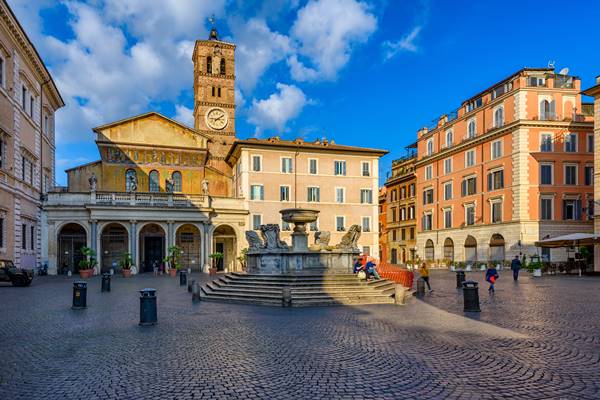
Santa Maria in Trastevere feels like the heart of the neighborhood, its golden mosaics flickering in the evening light. One of Rome’s oldest churches, it blends early Christian foundations with medieval grandeur. Inside, Pietro Cavallini’s apse mosaics shimmer with intricate detail, telling stories in gold and deep blue. Outside, the square pulses with life – street performers, couples on benches, friends sharing a late-night drink by the octagonal fountain. The church doors remain open, offering a quiet refuge from the chaos just beyond. Whether for faith or curiosity, stepping inside feels like entering a softer, older Rome.
Piazza Trilussa and Ponte Sisto Fountain
A lively gathering spot near the Tiber River, where locals and tourists enjoy open-air performances and vibrant nightlife.
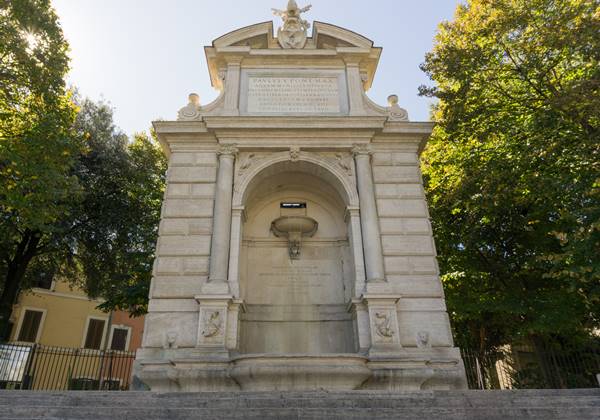
Piazza Trilussa hums with life as musicians, students, and late-night wanderers gather on its wide stone steps. Overlooking the Tiber, it’s a meeting place rather than a monument, named after the Roman poet whose bronze statue watches from the corner. At its edge, the Ponte Sisto Fountain spills water from carved masks into a simple basin – built in the 17th century, restored but unchanged in spirit. Just steps away, the bridge itself opens onto one of Rome’s best river views, linking Trastevere’s tangled streets to the heart of the city. At dusk, the piazza shifts into its own kind of stage.
Villa Farnesina
A Renaissance masterpiece showcasing breathtaking frescoes by Raphael, tucked away in a quiet corner of Trastevere.
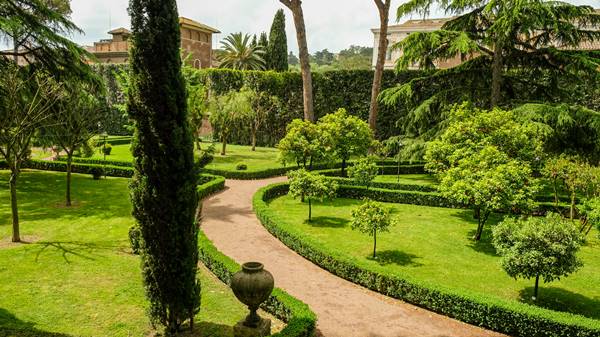
Villa Farnesina, a Renaissance jewel in Trastevere, was built for the banker Agostino Chigi – a man who turned wealth into art. Inside, Raphael’s Galatea fresco commands attention, a vision of divine beauty floating on the sea. In the Loggia of Cupid and Psyche, mythological scenes unfold across the ceiling, painted by Raphael’s workshop with luminous detail. Beyond the frescoes, the villa’s symmetry and quiet gardens contrast with the bustling streets outside. Unlike Rome’s grand palaces, Villa Farnesina feels intimate, a glimpse into the artistic and intellectual circles of the early 16th century, where money and genius effortlessly merged.
Santa Cecilia in Trastevere
A lesser-known but awe-inspiring church dedicated to the patron saint of music, with stunning artwork and a hidden underground crypt.
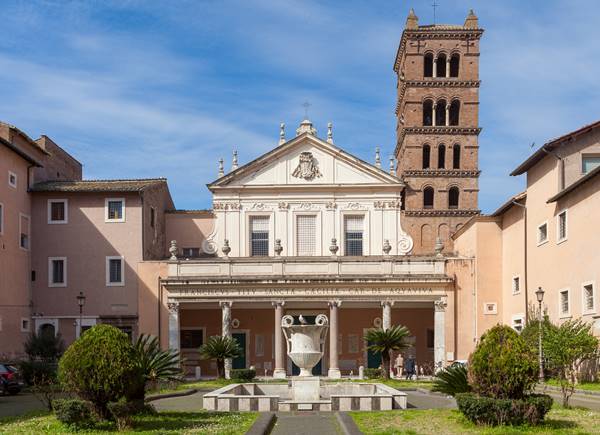
Tucked away in Trastevere, Santa Cecilia in Trastevere stands over the ruins of the saint’s former home, a quiet sanctuary behind an unassuming courtyard. Inside, Stefano Maderno’s haunting marble sculpture of Saint Cecilia lies beneath the altar, her body depicted as it was found in 1599 – delicate, contorted, untouched by time. Below, the crypt reveals remnants of a Roman house and early Christian frescoes, whispers of a buried past. Pietro Cavallini’s Last Judgment, hidden in the choir, glows with medieval intensity. Unlike Rome’s grand basilicas, Santa Cecilia feels personal, a place where history and devotion quietly intertwine.
Janiculum Hill (Gianicolo)
For one of the best panoramic views of Rome, head to this peaceful hilltop. Every day at noon, a cannon fires, continuing a long-standing tradition.
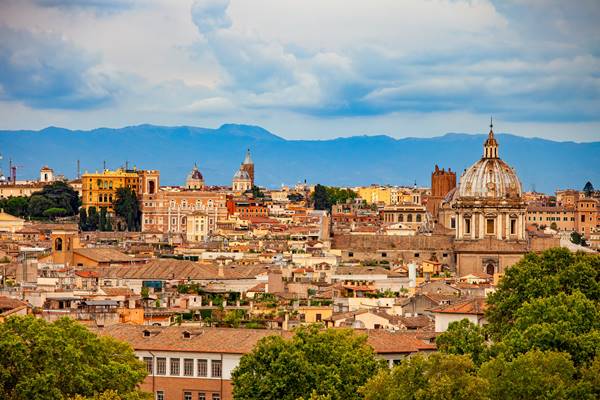
Janiculum Hill rises above Rome, not as one of its legendary seven, but as its most commanding viewpoint. From its terrace, the city unfolds in layers – domes, rooftops, and bell towers stretching toward the horizon. Each noon, a cannon fires, a tradition dating back to 1847, its echo rolling over Trastevere’s streets. Statues of Garibaldi and his soldiers stand as silent sentinels, reminders of Italy’s fight for unification. Nearby, the Tempietto, Bramante’s architectural gem, sits tucked within San Pietro in Montorio’s courtyard. In the evening, as the sky deepens to gold and violet, the hill becomes Rome’s quietest spectacle.
Acqua Paola Fountain
A majestic yet often overlooked fountain with breathtaking views over the city.
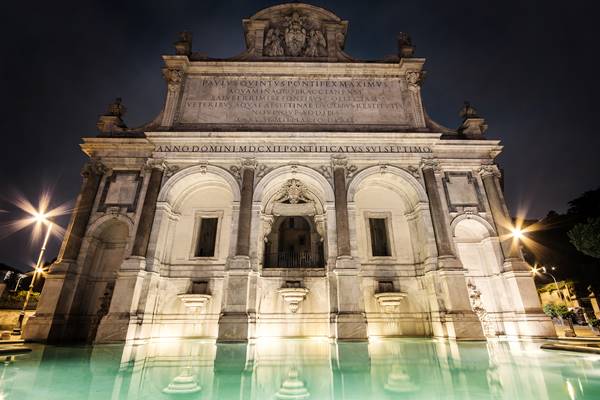
The Fontana dell’Acqua Paola dominates Gianicolo Hill with its towering white marble facade, a relic of papal ambition and ancient engineering. Commissioned in 1612 by Pope Paul V, it marked the restoration of the Acqua Traiana aqueduct, channeling water from Lake Bracciano to Rome. Its design, influenced by the more famous Trevi Fountain, features cascading pools and massive Corinthian columns framing inscriptions that proclaim papal glory. Unlike its bustling counterpart, this fountain offers a quiet retreat, with sweeping views over Trastevere and beyond. At sunset, the golden light softens its imposing structure, making it a favorite for photographers and dreamers alike.
Fontana dei Tritoni Orto Botanico (Tritoni Fountain Botanical Garden)
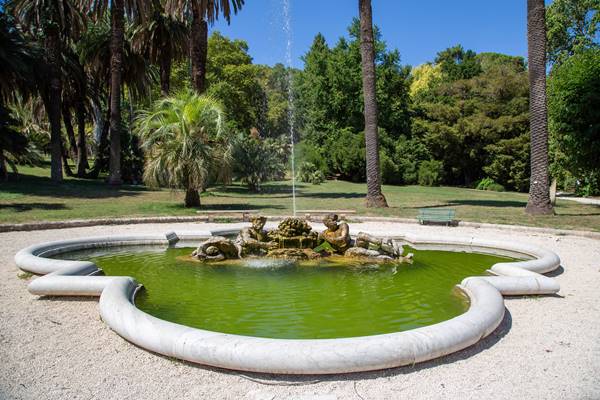
Hidden within Rome’s Orto Botanico, the Fontana dei Tritoni emerges like a forgotten relic, surrounded by dense greenery. Carved stone tritons, their muscular forms weathered by time, rise from the basin, spouting water into the moss covered fountain. The sound of trickling water blends with birdsong, creating a serene retreat from the city’s chaos. Unlike the grandiose fountains of central Rome, this one feels almost secretive – part of the garden’s quiet charm. Nearby, winding paths lead to exotic plants, a bamboo forest, and a Japanese garden, making it a peaceful escape for those who wander beyond Trastevere’s usual sights.
Tiber Island
A short walk over the river takes you to this unique island, home to an ancient hospital, a charming church, and beautiful riverside views.
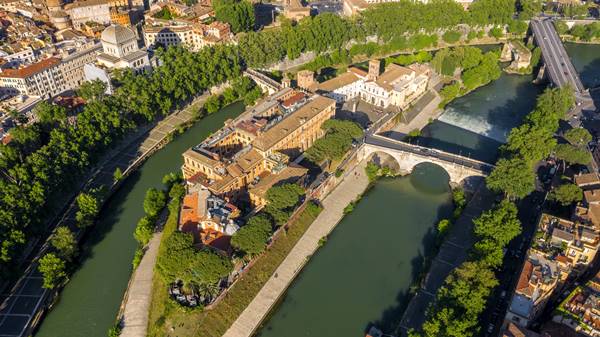
Tiber Island feels like a forgotten piece of Rome, floating quietly between the city’s chaos. Connected by the ancient Ponte Fabricio, its narrow streets lead to the 10th-century Basilica of San Bartolomeo, built over a temple to Aesculapius, the Roman god of healing. The island’s history as a place of refuge lingers – in summer, open air cinemas glow along the riverbanks, while locals escape the heat on its shaded walkways. In winter, it’s nearly deserted, the Tiber rushing past its stone walls. More than a landmark, it’s a pause – where the city’s past and present seem to hold their breath together.
San Francesco a Ripa
This quiet church houses Bernini’s stunning sculpture of Blessed Ludovica Albertoni.
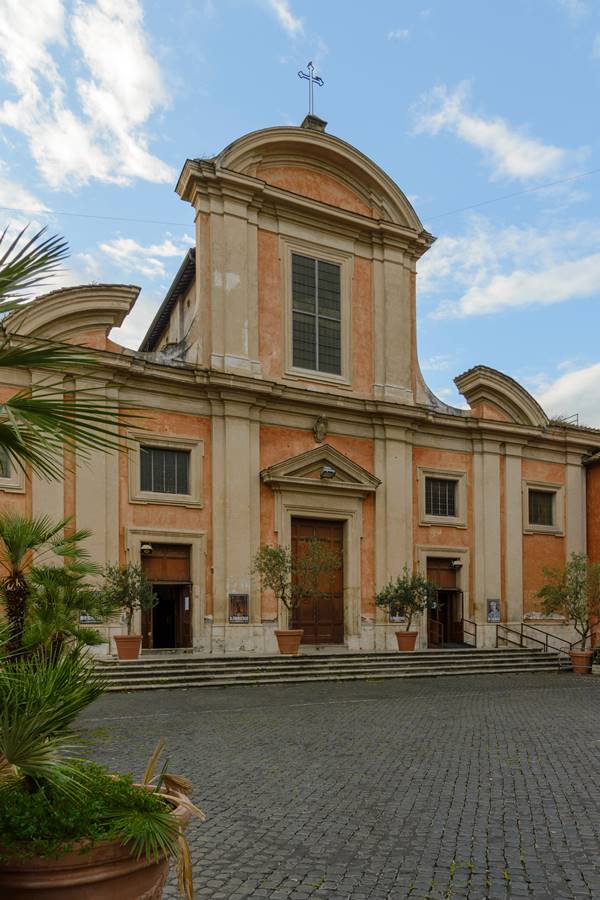
San Francesco a Ripa sits quietly in Trastevere, its plain façade hiding one of Rome’s most intimate Baroque sculptures. Inside, Bernini’s Blessed Ludovica Albertoni rests in ecstasy, her marble form draped in folds so lifelike they seem to shift with the light. The church, once home to St. Francis of Assisi during his visits to Rome, still holds his simple cell – bare walls, a wooden bed, an unshaken sense of humility. Unlike the grand basilicas across the river, San Francesco a Ripa feels personal, a place where devotion lingers in shadowed chapels and whispered prayers.
Santa Maria dell’Orto
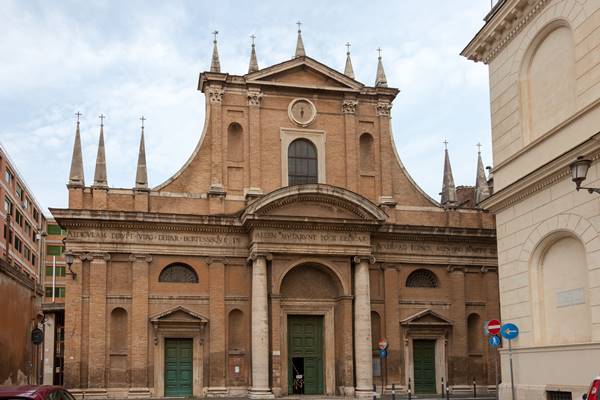
Santa Maria dell’Orto is a church shaped by its people. Built by Trastevere’s guilds in the 16th century, it wasn’t commissioned by popes or cardinals but by artisans – gardeners, bakers, blacksmiths – each leaving their mark in its chapels. The façade is restrained, almost unnoticed, but inside, gold and frescoes bloom across the ceiling. Light filters through, illuminating intricate stucco work and quiet corners of devotion. Unlike the grand churches of central Rome, Santa Maria dell’Orto remains a neighborhood secret, a reflection of Trastevere itself – humble, beautiful, and still deeply connected to those who built it.
Temple of Bramante (Tempietto di San Pietro in Montorio)
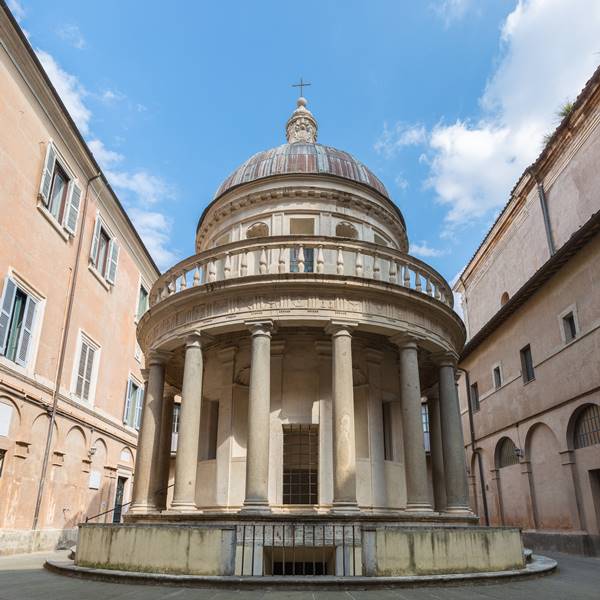
The Tempietto di San Pietro in Montorio is a masterpiece in miniature, hidden within a quiet courtyard on Janiculum Hill. Designed by Bramante in the early 1500s, this small, perfectly proportioned temple marks the supposed site of St. Peter’s crucifixion. Its circular form, inspired by ancient Roman temples, was a blueprint for High Renaissance architecture. Step inside, and its simplicity contrasts with the grand cathedrals of Rome – no gilded ceilings, just harmony in stone. The surrounding monastery amplifies the silence, broken only by distant city sounds. It’s a place to stand still, where history, faith, and geometry quietly converge.
Pons Fabricius or Ponte dei Quattro Capi
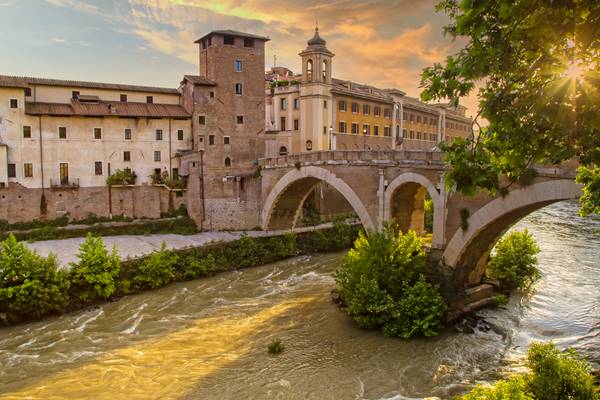
Pons Fabricius has carried Rome’s footsteps for over 2,000 years, the city’s oldest surviving bridge still in use. Built in 62 BCE, its sturdy stone arches stretch across the Tiber, linking the heart of Rome to Tiber Island. Latin inscriptions still mark its construction, a quiet boast of its endurance. Twin herm statues, weathered but watching, stand guard at the parapets. Unlike its grander counterparts, this bridge is intimate – just a short, worn path over the water. At night, lanterns cast long shadows, and the Tiber’s currents whisper beneath, as they have since the days of the Republic.
Nightlife
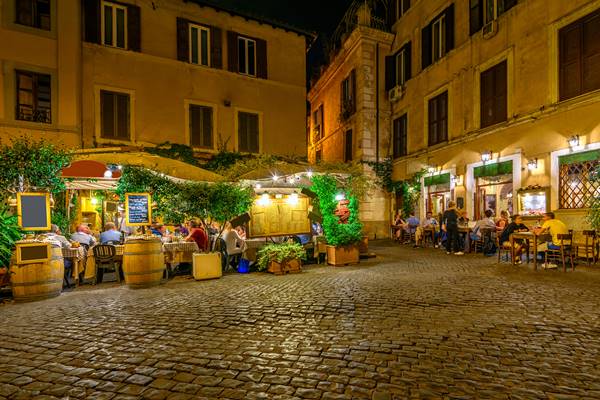
Trastevere’s nightlife thrives in its labyrinth of cobbled streets, where historic charm meets a buzzing social scene. Piazza Trilussa is a favorite starting point, with crowds spilling onto the steps, drinks in hand. Intimate wine bars like Freni e Frizioni serve inventive cocktails, while cellar-like venues host live jazz. Hidden trattorias offer late night carbonara, and craft beer flows in tucked away pubs. For a more alternative vibe, check out Alcazar Live, a cinema turned music club. As the night deepens, revelers migrate to the banks of the Tiber, where impromptu gatherings last until dawn.
Where to Eat
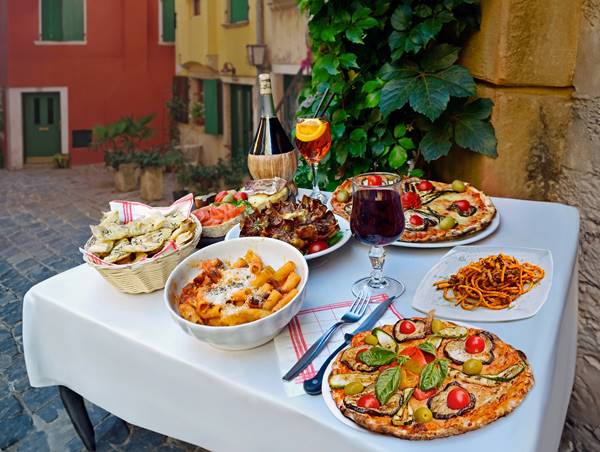
Trastevere’s restaurants balance tradition and innovation, serving everything from century-old recipes to modern twists on Roman staples. At Da Enzo al 29, lines form early for cacio e pepe and velvety amatriciana. Spirito di Vino, housed in a 1st-century cellar, pairs slow-cooked pork with rare Italian wines. Cesare al Casaletto, slightly outside the main hub, is a pilgrimage for golden fried gnocchi and perfectly crisped artichokes. For a late bite, Ai Marmi’s marble tables fill with locals devouring thin, charred pizza until the early hours. Each meal feels deeply personal—rooted in history, yet alive with contemporary energy

